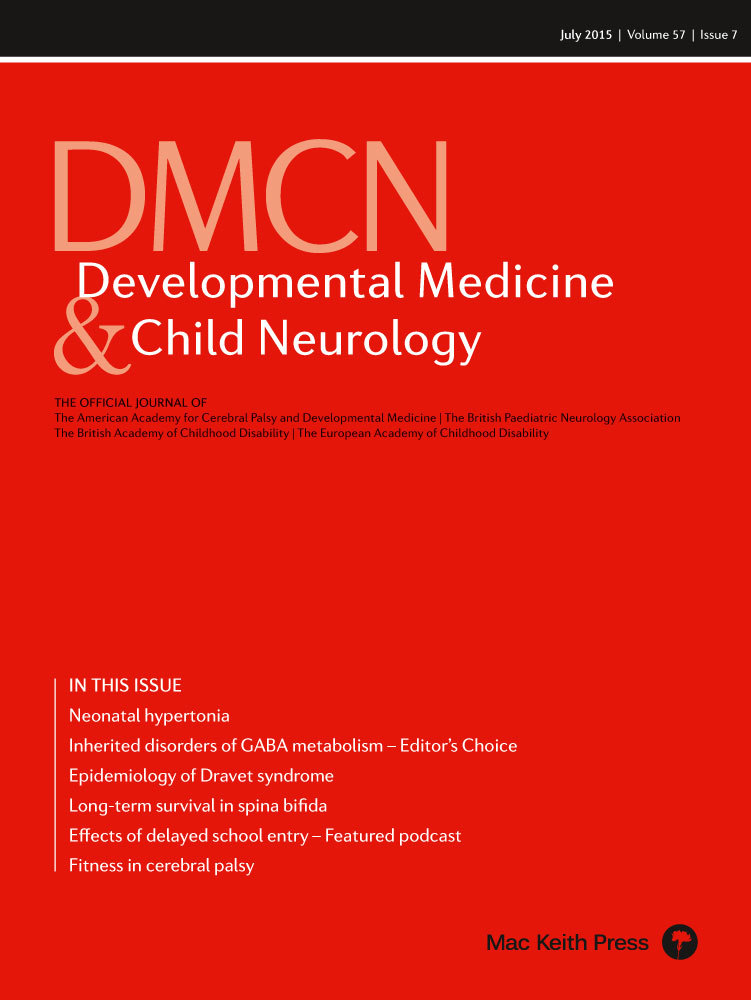Are the data on delayed school entry compelling enough to change policy … or even pediatrician recommendations?
Abstract
This commentary is on the original article by Jaekel et al. on pages 652–659 of this issue.
Children with early developmental delays face an important decision when starting school. Should school entry be delayed to develop additional cognitive and social resources before formal instruction?
Jaekel et al.1 analyzed complex longitudinal data on a large cohort, comparing children with delayed school entry (DSE, n=99; based on assessment and recommendation by their pediatricians) to children with age-appropriate school entry (ASE, n=860) at two time points using different metrics. At the end of school Year 1, teachers' subjective ratings of annual progress were categorized into two levels: ‘above average’ versus ‘average or below average.’ Groups did not differ on teacher ratings. At age 8 (irrespective of school year), children completed standardized testing. Because these assessments were timed by age rather than school year, children with DSE had completed 8 fewer months of school than children with ASE. As expected, children with DSE scored below children with ASE. The authors used regression analysis to predict scores the children with DSE might have achieved if they had received an additional 8 months of school; based on statistical prediction, they concluded that many children with DSE would still be behind. Although this was a creative approach to address the incongruent timing of assessments, it is unclear how much undercorrection or overcorrection might occur when statistically adjusting for 1 year of instruction within the first 2 years of school.
Although it is tempting to regard these outcomes as effects of DSE, children with DSE had already scored low on screenings prior to school entry. How do we determine if they declined further (or improved) following DSE? One might argue that if differences were evident at age 8 but not at the end of school Year 1, then the group with DSE failed to improve at the same rate as the group with ASE. Unfortunately, such comparisons are limited because the outcome measures at each time point differed quantitatively (binary at school Year 1 vs continuous, broad ranges of test scores at age 8) and qualitatively (unblinded subjective appraisals at school Year 1 vs blinded objective test scores at age 8). Even if we accept that there were differences between groups at age 8, this does not necessarily mean that the group with DSE fell further behind; instead, they could be developing at the same rate on a parallel slope that is 1 year below the group with ASE. Moreover, it is unclear how these at-risk children would have progressed if they had not delayed their school entry; particularly relevant would be a comparison between DSE and ASE among children who show developmental delays prior to school entry.
Finally, the authors controlled for many factors that can affect school achievement; these factors can be meaningful in their own right, identifying subgroups of children who would benefit from DSE more than other children. The authors considered this possibility with respect to preterm birth and concluded that the preterm subgroup with DSE might be at increased disadvantage compared to the full-term subgroup with DSE for attention problems but not for reading, mathematics, and writing. Children with very low birthweight – if isolated from the broader preterm subgroup – might have performed differently.2 Other factors might be explored in future research. Perhaps children with specific delays (social development, expressive language) but normal intelligence would benefit from DSE more than children with broader developmental delays. Many interacting social factors have been associated with school readiness and early success as well.3
DSE is an important area of study and Jaekel et al.1 take advantage of a large community-based cohort assessed under uniform conditions to shed light on the impact of this intervention. This area of inquiry is replete with methodological challenges that are difficult to surmount in a single study. However, this particular study can guide further efforts to clarify whether DSE has a deleterious effect (children falling further behind after DSE), no effect (i.e. stability relative to classmates), or beneficial effect (‘catching-up’ to peers) and to identify which children would benefit the most.




